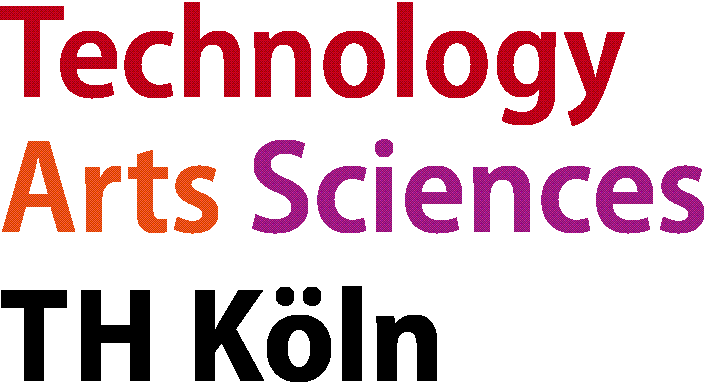
|
|
Qualification aims
This module enables students to design, manage, and secure industrial automation systems by equipping them with the knowledge of industrial communication components, IT-security systems, real-time Ethernet solutions, and cybersecurity practices, thereby preparing them to protect critical infrastructure against cyber threats and adapt to emerging technologies.
Students can
- identify and describe the key components of industrial communication systems
- evaluate, plan and configure industrial IT-security systems
- implement secure communication practices
- evaluate the impact of emerging technologies
by
- understanding the principles of real-time ethernet solutions and their applications in automation including e.g. TSN, PROFINET and OPC UA
- understanding the difference of horizontal and vertical communication
- gaining detailed knowledge and experience in PROFINET regarding concept, engineering, diagnosis and maintenance
- understanding the requirements and functionality of network devices and controllers
- analyzing and evaluating network traffic in real-time applications by means of tools
- installing and configuring network devices
- planning and commissioning of network installations
- understanding connectivity architectures, current technologies and protocols for industrial applications
- understanding the special prerequisites of industrial IT technologies vs. office environments
- evaluating the pros and cons of various protocols
- understanding industrial security objectives (availability, integrity, confidentiality)
- analyzing security objectives in IT and industrial automation scenarios
- comprehending international security standards for automation such as IEC 62443 or VDI 2182
- determining and evaluating system security vulnerabilities
- understanding and applying risk analysis methods to develop and evaluate measures
- evaluating typical threats, risks and measures in industrial automation scenarios
- developing methods to determine vulnerabilities
- understand encryption methodology incl. signatures
- estimating security tool limitations
- understanding, planning and configuring firewall technology
- applying principles of cybersecurity to industrial networks
- recognizing relationships between topics such as safety and security
to
- be able to design, manage and maintain industrial automation systems
- protect critical automation and information systems against cyber threats
- anticipate and prepare for future challenges
Module Content
Industrial Communication
- Ethernet-based industrial communication (focus on PROFINET)
- Functional principles of ethernet-based field bus systems
- New trends and developments such as TSN
- Network analysis of real-time Ethernet networks
- Network devices (switches, routers)
- Architecture of plant networks vs. corporate networks
- Integration of plant network and corporate network
- Practical part:
- PROFINET engineering and commissioning workshop
- Configuring network devices
- Designing and configuring PROFINET applications including M2M
IT/OT-Security
- Introduction into basic terms of IT/OT security
- The Information security management system
- International standards on IT security, e.g. IEC 62443, ISO 27001
- Cryptographic procedures as mechanisms to achieve security objectives current cryptographic standards
- IT/OT-related European regulations such as NIS2, CRA
- Principles and mechanisms of authentication
- TCP/IP based network and service security (weaknesses, attacks, examples)
- Firewall and IPS systems (application level gateways, packet filters, remote access)
- Specific requirements and conditions of industrial automation
- Threads and risk assessment, introduction into secure product design
- Security aspects of Ethernet based automation protocols
- Functional security limitations and interfaces
- Design aspects and typical architectures of secure automation devices and systems
- Vulnerability Test and development of test cases for benchmarks and adits
- Security & Safety
Bibliography
- Klasen, F. et al.; Industrial Communication with Fieldbus and Ethernet VDE Verlag, 2011, ISBN 978-3-8007-3358-3
- Anderson, Ross: Security Engineering, John Wiley & Sons Inc, 2001
- Eckert, Claudia: IT-Sicherheit. Konzepte Verfahren Protokolle, Oldenbourg, 2006
- Schneier, Bruce: Practical Cryptography, John Wiley & Sons, 2003
- Schneier, Bruce: Secrets & Lies. IT-Sicherheit in einer vernetzten Welt, Dpunkt Verlag, 2006
- http://www.securityfocus.com (aktuelle Sicherheitsmeldungen)
- Normen und Richtlinien: Manufacturing and Control Systems Security ISA SP99 VDE/VDI 2182
- IEC 62443 norm series
- BSI Publications on ISO 27001 / “BSI Grundschutz”
- Pohlmann, Norbert: Cyber-Sicherheit, Springer Verlag, 2022
- Schulz, Thomas: Cyber-Sicherheit für vernetzte Anwendungen in der In-dustrie 4.0, Vogel Verlag, 2020
- Kobes, Pierre: Leitfaden Industrial Security, VDE Verlag, 2024
|
 |

|


![Deutsch version not yet available [ger]](http://fat70s236.eto.fh-koeln.de/automation-and-it/common/flag_ger_inactive.gif)
![Englisch [eng]](http://fat70s236.eto.fh-koeln.de/automation-and-it/common/flag_eng.gif) Englisch
Englisch